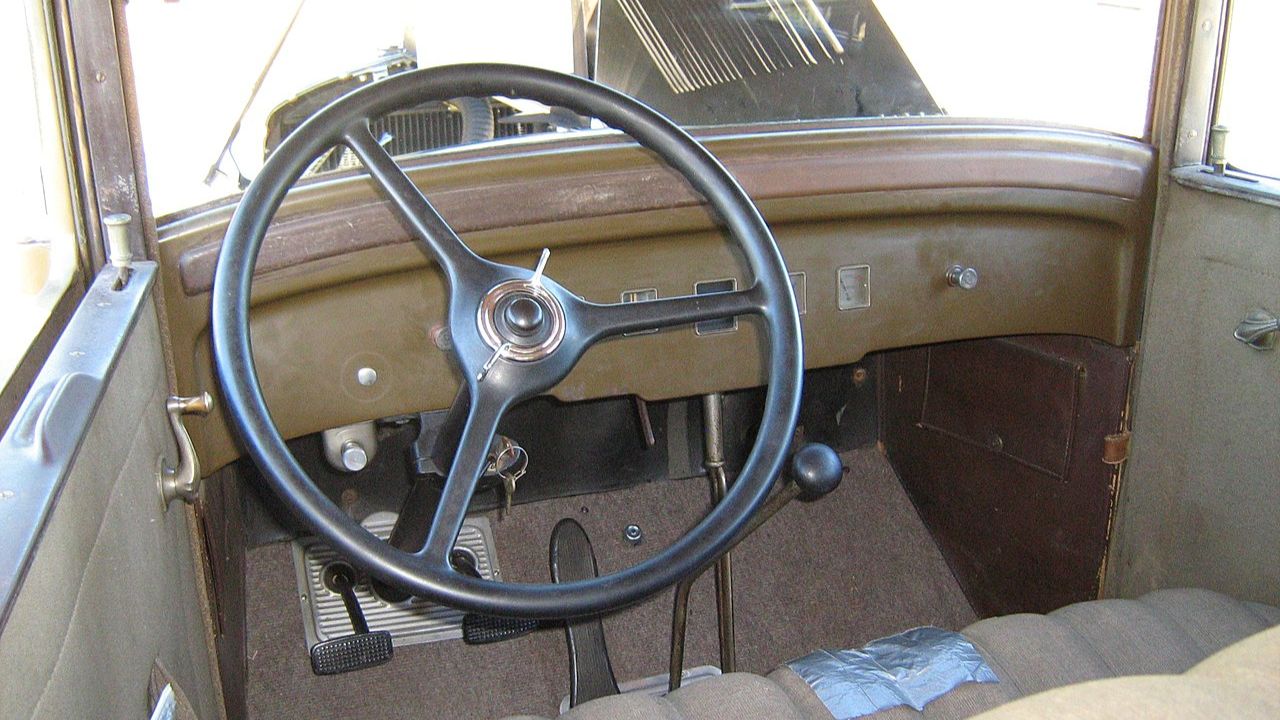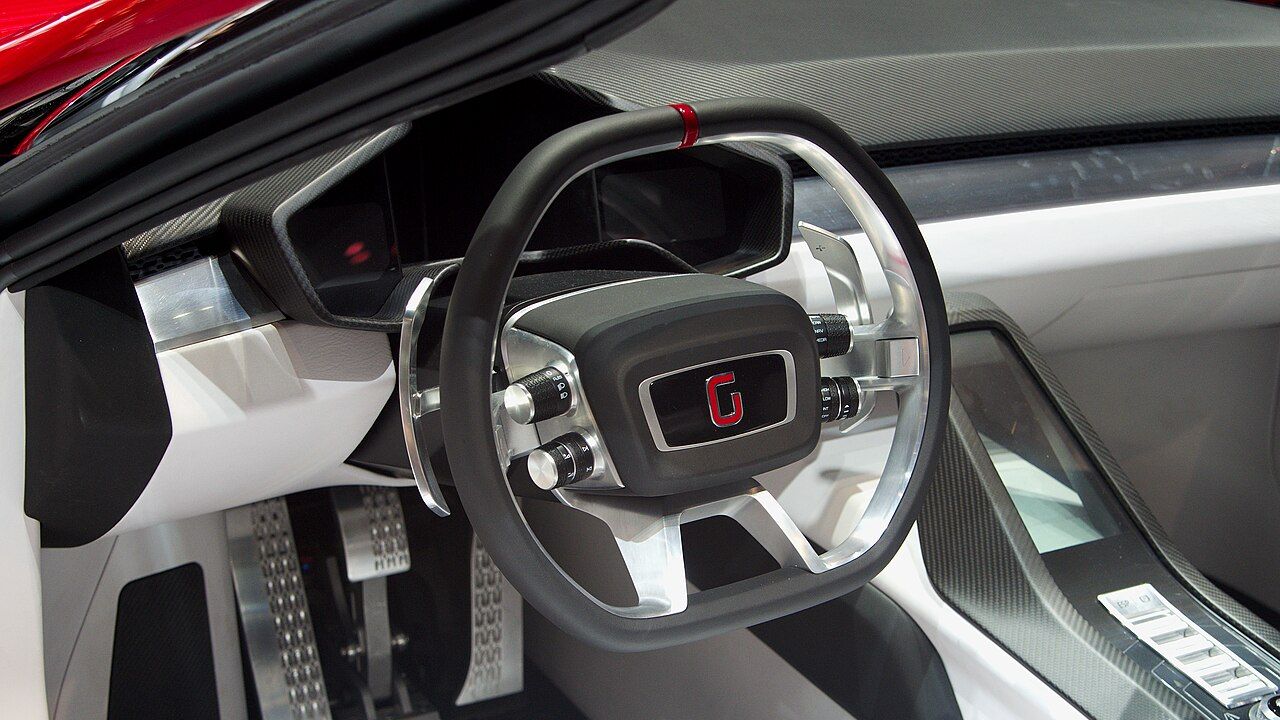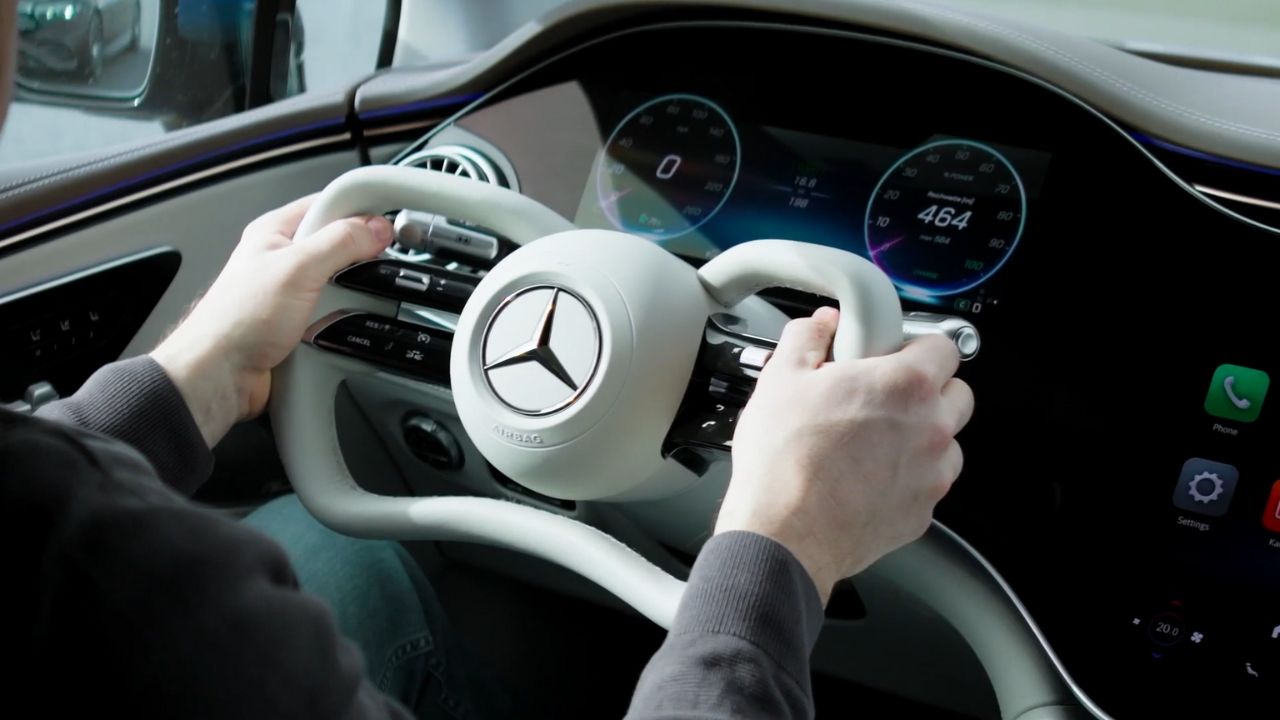Steering wheels have long been a crucial interface between driver and machine, traditionally taking on a circular shape. However, with advancements in automotive technology and design, manufacturers are experimenting with odd-shaped steering wheels. These unconventional designs are reshaping the driving experience, offering new levels of comfort, control, and aesthetic appeal.
The Evolution of Steering Wheel Design

The steering wheel has undergone significant transformations since its inception. In the early days of automotive history, steering wheels were large and cumbersome, designed primarily for leverage rather than comfort. As technology progressed, the size and shape of steering wheels evolved to accommodate power steering systems, which allowed for smaller and more manageable designs. The classic circular shape, however, remained a constant due to its practicality and ease of use.
Technological advancements have played a pivotal role in steering wheel design. The integration of electronic controls and digital displays has led to the development of multifunctional steering wheels, packed with buttons and touch-sensitive surfaces. These innovations have paved the way for more radical designs, as manufacturers seek to integrate new technologies while maintaining driver comfort and control. The shift towards electric and autonomous vehicles has further accelerated this trend, prompting designers to rethink the traditional steering wheel.
Key innovations, such as the introduction of drive-by-wire systems, have enabled the adoption of odd-shaped steering wheels. These systems replace mechanical linkages with electronic controls, allowing for greater flexibility in design. As a result, manufacturers are no longer constrained by the need for a circular wheel, opening the door to more ergonomic and aesthetically pleasing shapes.
Reasons Behind Odd-Shaped Steering Wheels

One of the primary reasons for the adoption of odd-shaped steering wheels is ergonomics. Designers aim to create steering wheels that are more comfortable and intuitive for drivers, reducing fatigue and improving overall driving experience. By tailoring the shape of the wheel to the natural position of the hands, manufacturers can enhance driver comfort and control, particularly during long journeys.
Enhancements in vehicle control and precision are also driving the shift towards unconventional steering wheel designs. Odd-shaped wheels can provide better grip and feedback, allowing drivers to maintain greater control over their vehicles. This is particularly important in high-performance and electric vehicles, where precise handling is crucial. By optimizing the shape of the wheel, manufacturers can improve the responsiveness and accuracy of steering inputs.
Aesthetic appeal and brand differentiation are additional factors influencing the design of steering wheels. As the automotive industry becomes increasingly competitive, manufacturers are looking for ways to stand out from the crowd. Unique steering wheel designs can serve as a powerful branding tool, helping to create a distinctive identity for a vehicle. By incorporating bold and innovative designs, manufacturers can attract attention and appeal to style-conscious consumers.
Notable Examples in the Automotive Industry

Tesla’s yoke steering wheel is one of the most talked-about examples of an odd-shaped steering wheel in recent years. Introduced in the Tesla Model S Plaid, the yoke design has sparked a great deal of debate among drivers and industry experts. While some praise its futuristic look and feel, others have criticized it for being difficult to use, particularly during low-speed maneuvers and tight turns. Despite the mixed reception, Tesla’s yoke steering wheel has undoubtedly pushed the boundaries of conventional design.
Lexus has also ventured into the realm of unconventional steering wheels with its LF-Z Electrified concept. The vehicle features a steering wheel that resembles a gaming controller, with a compact and minimalist design. This futuristic approach aligns with Lexus’s vision of a fully electric and autonomous future, where traditional steering wheels may become obsolete. The LF-Z Electrified concept showcases how manufacturers are exploring new design possibilities as they prepare for the next generation of vehicles.
Other manufacturers are also experimenting with unique steering wheel shapes. For example, Audi’s AI:ME concept car features a retractable steering wheel that can be stowed away when not in use, highlighting the potential for steering wheels to become more versatile and adaptable. These examples demonstrate how the automotive industry is embracing innovation and creativity in steering wheel design.
Impact on Driving Experience

The introduction of odd-shaped steering wheels has presented challenges for drivers, particularly in terms of the learning curve. Many drivers are accustomed to the traditional circular shape, and adapting to a new design can take time. Some drivers have reported difficulties with low-speed maneuvers and parking, where the lack of a full circular wheel can make it harder to perform precise movements.
Feedback from consumers and automotive experts has been mixed. While some appreciate the modern and innovative designs, others have expressed concerns about usability and safety. The unconventional shapes can be polarizing, with some drivers finding them uncomfortable or awkward to use. However, as more manufacturers adopt these designs, it is likely that drivers will become more accustomed to them over time.
Potential safety implications and regulatory concerns are also important considerations. Odd-shaped steering wheels may not meet existing safety standards, which are typically based on traditional designs. Regulators may need to update their guidelines to accommodate new shapes and technologies, ensuring that they do not compromise driver safety. Manufacturers must also ensure that their designs are intuitive and easy to use, minimizing the risk of accidents or errors.
Future of Steering Wheel Design

Looking ahead, the future of steering wheel design is likely to be influenced by several key trends. As autonomous driving technology continues to advance, the role of the steering wheel may change significantly. In fully autonomous vehicles, steering wheels may become less important, potentially being replaced by other forms of control or even eliminated altogether.
Consumer preferences will also play a crucial role in shaping the future of steering wheel design. As drivers become more accustomed to new shapes and technologies, manufacturers will need to balance innovation with practicality. The demand for personalized and customizable vehicles may lead to more diverse and adaptable steering wheel designs, catering to individual preferences and needs.
Ultimately, the evolution of steering wheel design will be driven by a combination of technological advancements, consumer preferences, and regulatory changes. As the automotive industry continues to innovate, steering wheels will likely become more than just a tool for controlling a vehicle, evolving into a key component of the driving experience.
Like Fast Lane Only’s content? Be sure to follow us.
Here’s more from us:
*Created with AI assistance and editor review.







Leave a Reply